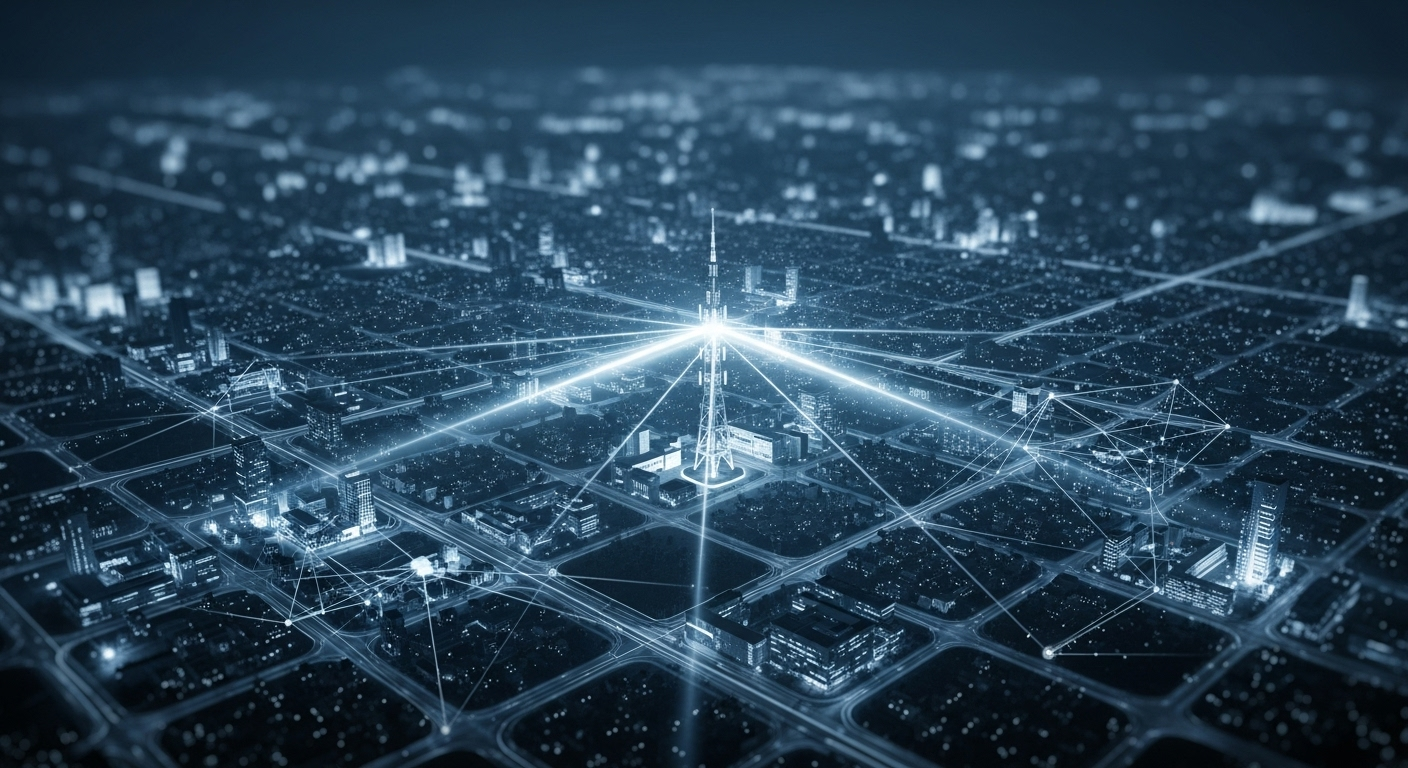Title: Solastalgia: The Emotional Toll of Environmental Change
Introduction: Discover the emerging concept of solastalgia, a psychological phenomenon affecting individuals as they witness environmental degradation in their familiar surroundings. This article explores the intersection of environmental change, mental health, and community resilience in our rapidly evolving world. Read below to delve into this fascinating topic and its implications for society.

The Psychological Impact of Environmental Transformation
Research has shown that solastalgia can manifest in various psychological symptoms, including anxiety, depression, and a sense of loss. As individuals witness the gradual or sudden changes in their familiar environments, they may experience a profound sense of disconnection and grief. This emotional response is particularly prevalent in communities facing environmental challenges such as deforestation, urbanization, or the effects of climate change.
Solastalgia in Different Contexts
While solastalgia was initially observed in rural areas experiencing dramatic landscape changes due to mining or agriculture, its relevance has expanded to diverse settings. Urban dwellers may experience solastalgia as their neighborhoods undergo rapid gentrification or redevelopment. Coastal communities facing rising sea levels and eroding shorelines also report feelings associated with solastalgia. Even subtle changes, such as shifts in local biodiversity or seasonal patterns, can trigger this emotional response in environmentally conscious individuals.
The Intersection of Solastalgia and Social Justice
Solastalgia has important implications for social justice and environmental equity. Marginalized communities often bear the brunt of environmental degradation, experiencing higher levels of pollution, resource extraction, and climate change impacts. These communities may be more susceptible to solastalgia, compounding existing social and economic challenges. Recognizing and addressing solastalgia as part of environmental justice efforts is crucial for developing holistic approaches to community well-being and resilience.
Coping Strategies and Community Resilience
As awareness of solastalgia grows, researchers and mental health professionals are exploring ways to help individuals and communities cope with this unique form of distress. Some strategies include:
-
Community engagement: Encouraging active participation in local environmental initiatives can help individuals regain a sense of control and connection to their changing surroundings.
-
Nature-based therapies: Incorporating nature experiences and environmental education into mental health interventions may alleviate symptoms of solastalgia.
-
Cultural preservation: Documenting and celebrating local environmental and cultural heritage can provide a sense of continuity amidst change.
-
Adaptive planning: Involving communities in adaptive planning processes for climate change and development can foster a sense of agency and preparedness.
-
Eco-grief support groups: Creating spaces for individuals to share their experiences and emotions related to environmental change can provide valuable social support.
The Role of Art and Storytelling
Artists and storytellers play a crucial role in addressing solastalgia by helping individuals process and express their emotions related to environmental change. Through various mediums such as photography, literature, and film, creatives capture the essence of changing landscapes and communities, fostering empathy and awareness. These artistic expressions not only document environmental transformations but also serve as catalysts for conversations about sustainability, resilience, and collective action.
Solastalgia and Future Generations
As environmental changes accelerate, younger generations may experience solastalgia differently from their predecessors. Children growing up in rapidly changing environments may develop a shifting baseline for what they consider normal, potentially altering their relationship with place and nature. Education systems and youth programs must address this phenomenon, helping young people navigate the emotional complexities of living in a world undergoing significant environmental transformations.
Implications for Urban Planning and Design
The concept of solastalgia challenges urban planners and designers to create spaces that foster a sense of place and connection to nature, even in highly developed areas. Green infrastructure, biophilic design, and the preservation of natural elements within urban environments can help mitigate the psychological impacts of rapid urbanization. By prioritizing the emotional well-being of residents in relation to their surroundings, urban development can become more holistic and sustainable.
Solastalgia in the Digital Age
In an era of increasing digital connectivity, solastalgia takes on new dimensions. Social media and digital platforms allow individuals to witness environmental changes happening around the globe, potentially expanding the scope of solastalgia beyond one’s immediate surroundings. This global awareness can lead to a sense of eco-anxiety or climate grief, intertwining with local experiences of solastalgia. Understanding how digital connectivity influences our emotional relationships with place and environment is crucial for addressing mental health in the 21st century.
Conclusion: Navigating a Changing World
As we grapple with unprecedented environmental changes, recognizing and addressing solastalgia becomes increasingly important for individual and community well-being. By acknowledging the emotional toll of environmental transformations, we can develop more compassionate and effective strategies for adapting to our changing world. Solastalgia serves as a poignant reminder of our deep connection to place and the natural world, urging us to consider the psychological dimensions of sustainability and resilience in our collective efforts to create a more harmonious future.




